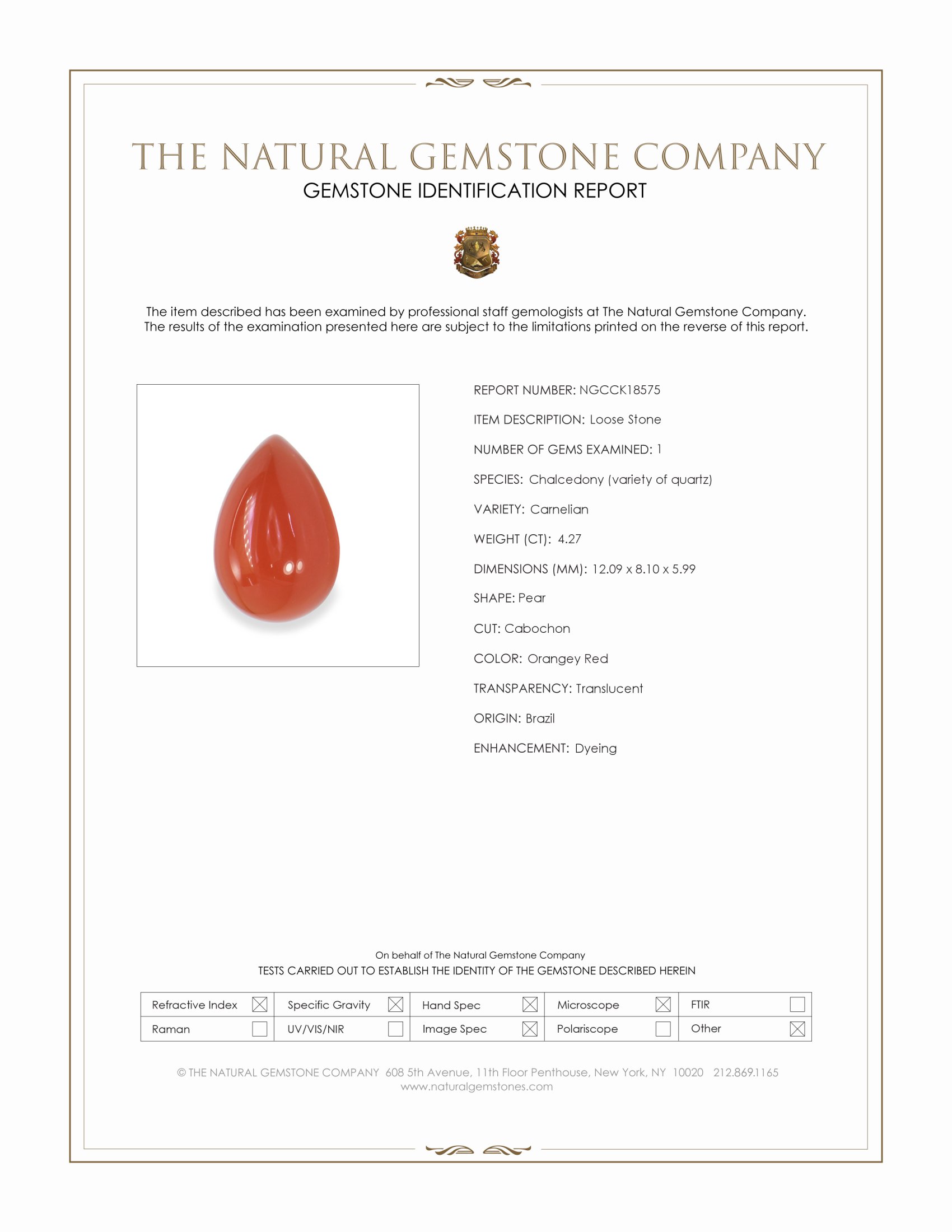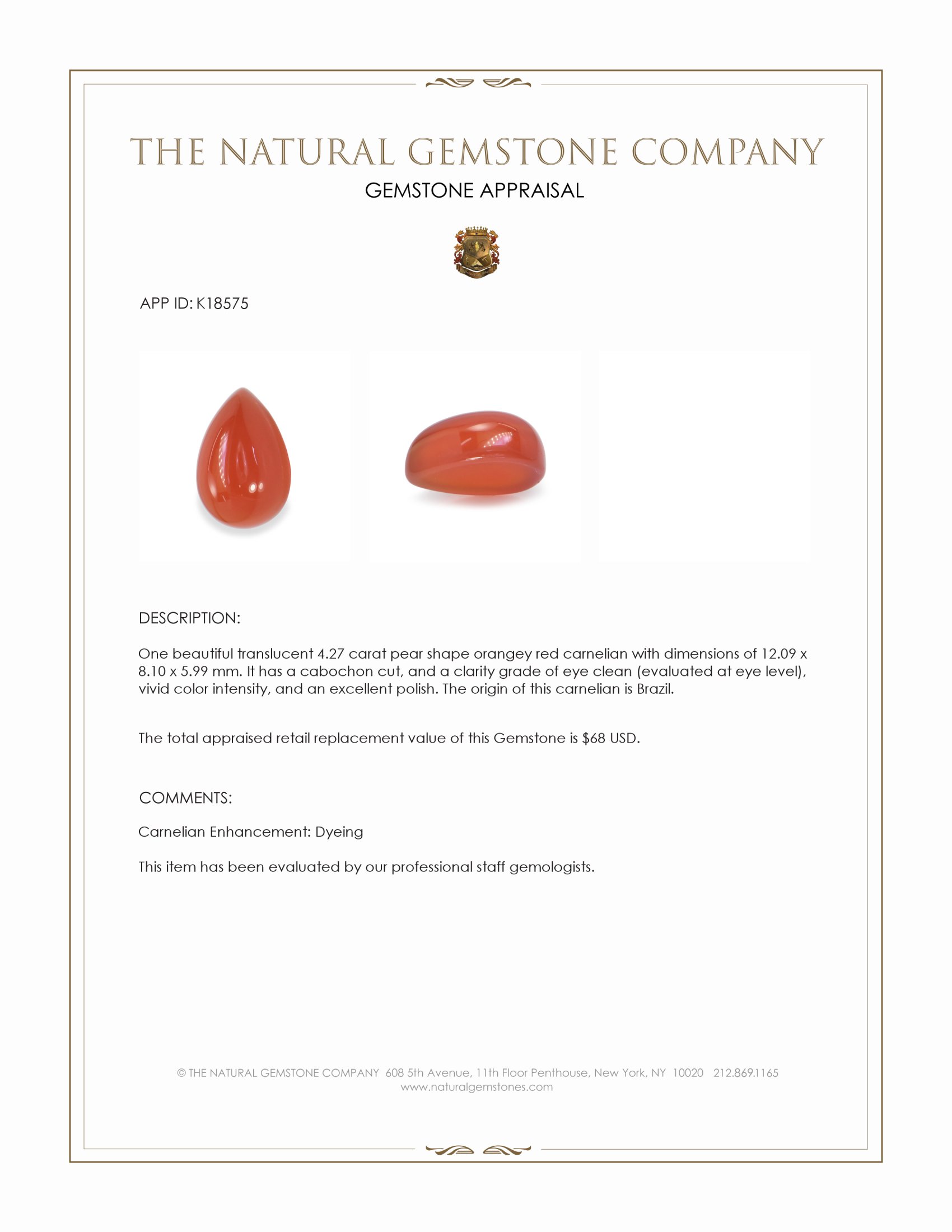- Stone13
- Reports3
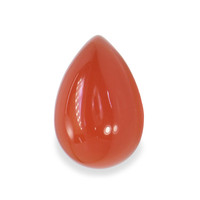



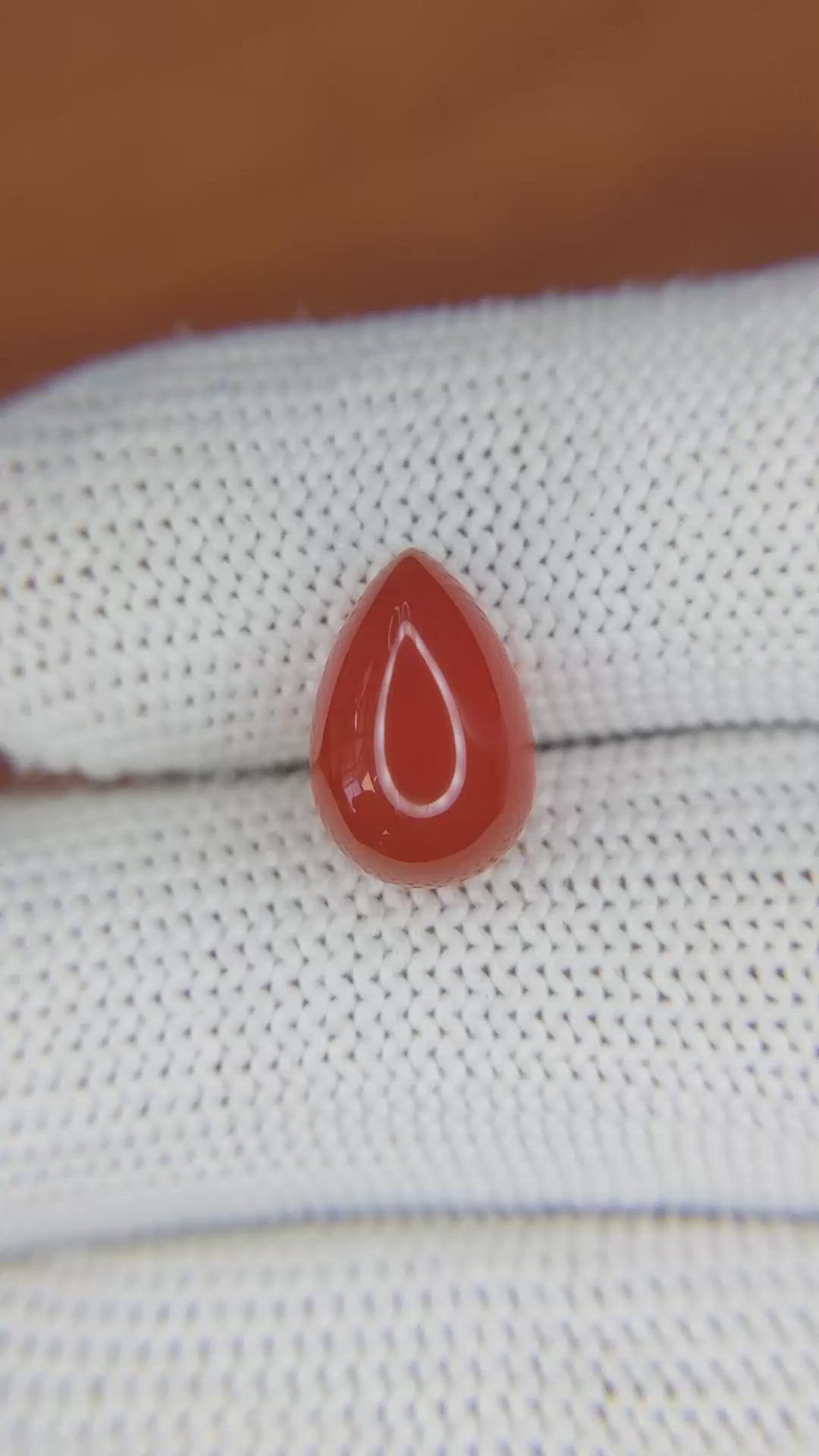
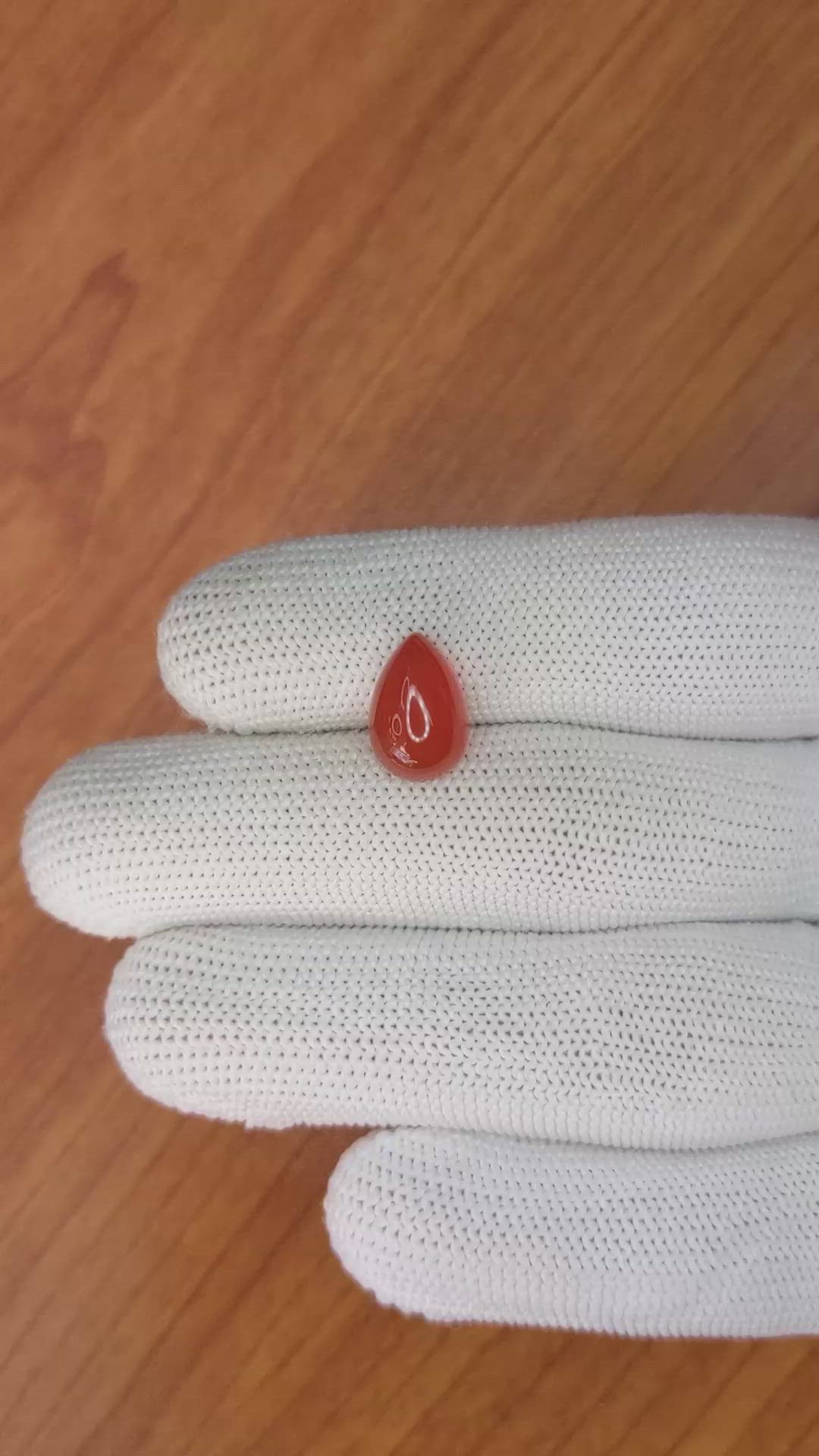
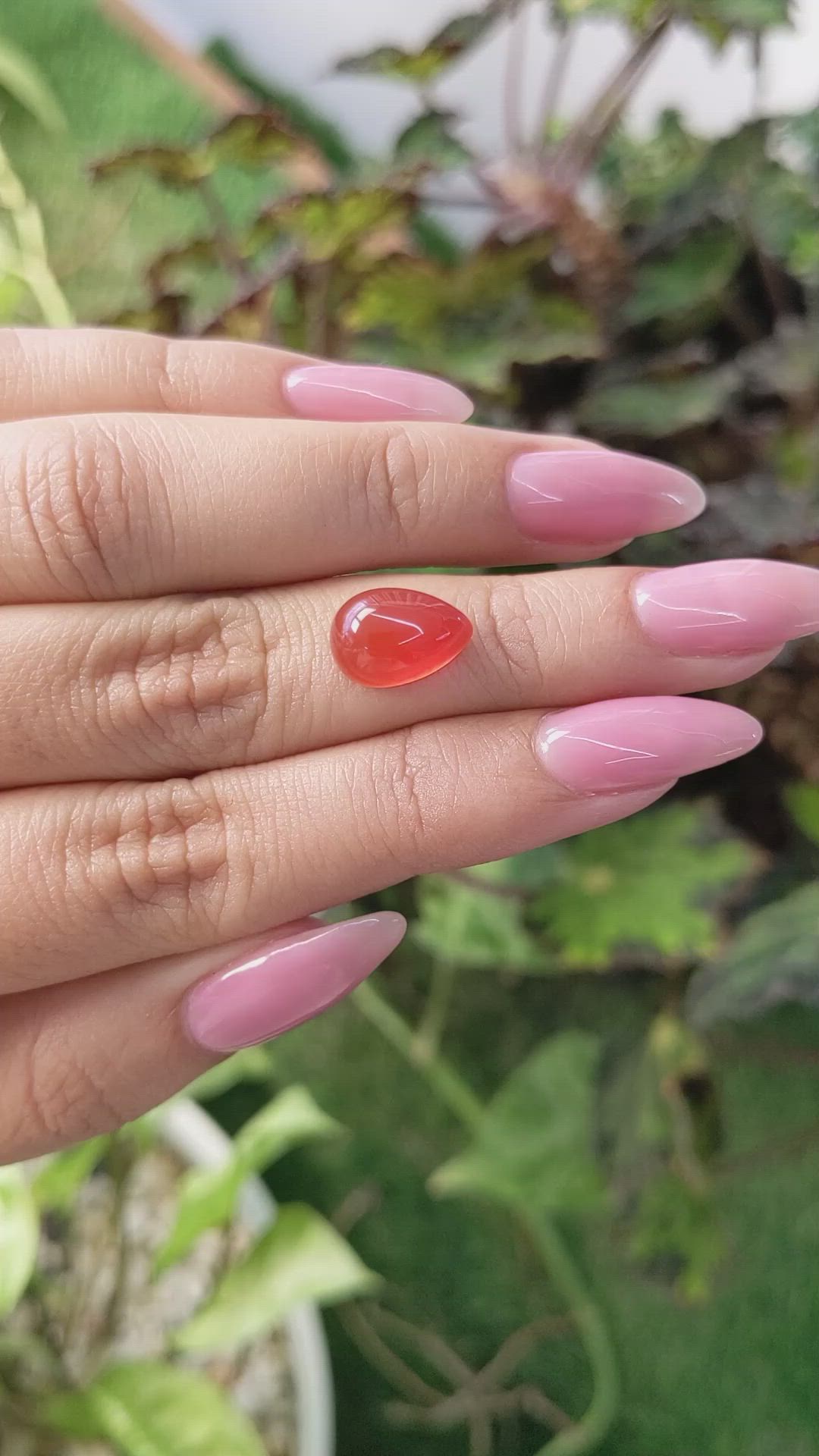
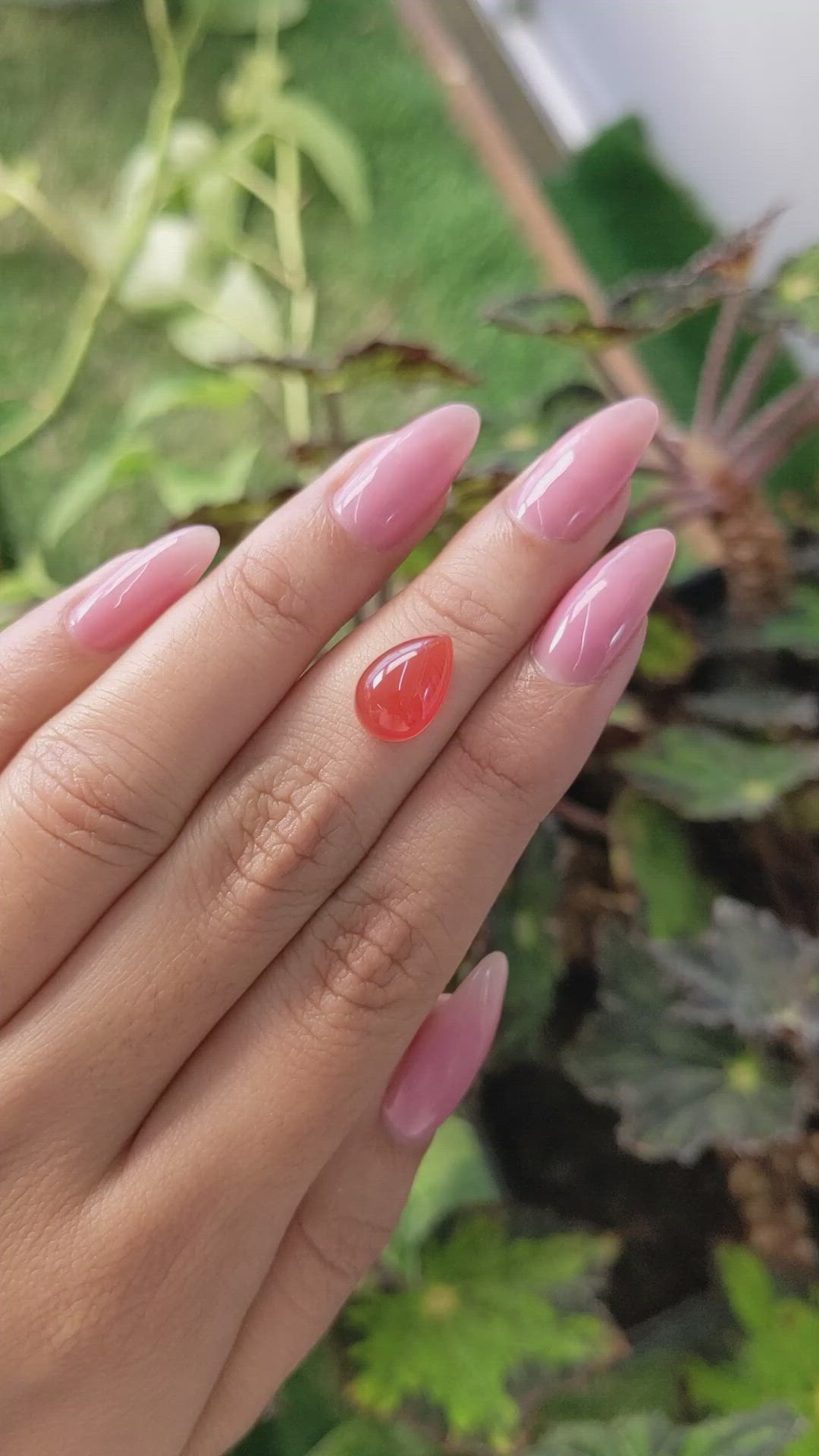


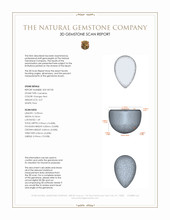
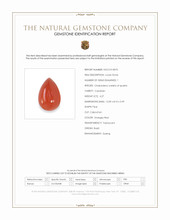
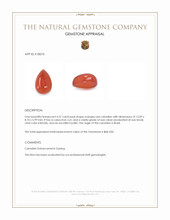
4.27 Ct. Cabochon Carnelian from Brazil
This loose stone is available to ship now
Item ID: | K18575 |
|---|---|
Dimensions (MM): help | Length: 12.09 Width: 8.1 Height: 5.99 |
Weight: | 4.27 Ct. |
Color: help | Orangey Red |
Color intensity: help | Vivid |
Clarity: help | Eye Clean |
Shape: help | Pear |
Cut: | Cabochon |
Cutting style: | Cabochon |
Enhancements: help | Dyeing |
Origin: help | Brazil |
Per carat price: help | $16 |
This listing describes a single, high quality ornamental gemstone, a translucent carnelian weighing 4.27 carats, presented in a classic pear shape. The stone measures 12.09 by 8.10 by 5.99 millimeters, and is fashioned as a cabochon to emphasize the smooth domed surface and even color field. Color is an orangey red with vivid intensity, and the surface shows an excellent polish. Clarity is graded as eye clean when evaluated at eye level, and the material is translucent, allowing depth of color without significant internal interruptions. Enhancement is noted as dyeing, a common and historically accepted treatment applied to carnelian to stabilize and intensify natural color. The piece originates from Brazil, a region known for producing material with warm tones and consistent texture. For setting considerations, the cabochon shape and dimensions are suitable for bezel settings and pendant mounts where the domed profile can be protected, while the pear outline offers a traditional form that complements both solitary and multi stone arrangements.
Carnelian carries a long recorded history of use across cultures, and this specimen aligns with those traditional applications. In ancient Egypt, carnelian was used extensively for carved amulets, inlays, and beads, prized for its association with vitality and protection. Roman and Hellenistic artisans valued similar material for intaglios and signet rings because the stability of polished, heat treated and dyed chalcedony allowed fine detail and reliable wear. Medieval and Renaissance lapidaries continued the practice of shaping warm toned chalcedonies into cabochons and cameos for personal ornament and devotional objects. Across the Islamic world and in South Asia, carnelian beads and talismans were worn for their perceived protective qualities and durability. The cabochon cut of this piece echoes those historical typologies, presenting a smooth, reflective surface suited to tactile and visual handling, and the dyed enhancement is in keeping with traditional methods used to bring out desirable tones while maintaining the structural integrity of the stone.
For designers and collectors considering complementary materials, note the characteristics of White Opal as a frequently paired opal type. White Opal typically features a light body tone that ranges from near colorless to pale cream, and it commonly exhibits play of color that can include flashes of red, green, blue, and orange depending on the internal structure and orientation of silica spheres. White Opal is generally translucent to opaque with a soft sheen, and it requires mindful setting and care because opal is softer and more hygroscopic than carnelian. When combined in jewelry, the warm, saturated orangey red of carnelian provides a stable contrast to the shifting, delicate luminosity of White Opal, allowing designers to balance durability and visual complexity. Practical recommendations include placing the cabochon carnelian in exposed positions where its polish and color can be viewed, while situating White Opal in protected bezels or shadowed settings to minimize risk of abrasion and sudden changes in humidity. The Natural Gemstone Company discloses the dyeing enhancement on this carnelian and offers guidance on care and setting to ensure longevity. This description is provided to assist informed evaluation, and the specifications supplied here reflect objective assessment of weight, dimensions, cut, clarity, color intensity, polish, enhancement, and provenance.










